Ten Reasons Rams Might Be the Perfect Football Mascot
They’re light on their feet, and they aren’t afraid to butt heads
/https://tf-cmsv2-smithsonianmag-media.s3.amazonaws.com/filer/b4/3a/b43a2fe2-7820-4b2e-b22b-2ad438c3145f/istock-474457522.jpg)
Nothing livens up a Super Bowl party like a bit of animal entertainment—just look at the growing popularity of the Puppy Bowl. So if you’re looking to wow your sports-loving friends with extensive knowledge of the animal inspiration behind one of this year’s competitors for the National Football League’s coveted Vince Lombardi Trophy, then look no further. Here’s everything you need to know about rams, the animals.
For starters, rams are male bighorn sheep. A strong argument can be made that male bighorn sheep are the perfect football mascot: They’re big, fast, tough and light on their feet. They even crash their heads together at dangerous speeds.
1. Los Angeles Is a More Fitting Locale for Rams Than St. Louis
The natural habitat of bighorn sheep covers the Rocky Mountain region of North America, from snowfields in British Columbia and Alberta, all the way through the mountain ranges of the western United States and down into the deserts of southern California and Mexico. Now, the football team is at least a little closer to the natural habitat of its mascot.
2. Rams Are About the Same Size as Football Players
The iconic curled horns of a male bighorn sheep can weigh up to 30 pounds, which is “more than all the bones in his body combined,” according to National Geographic. The animals are pretty much the size of your average football player. From head to tail, rams usually fall somewhere between five to six feet long, and they tend tip the scales at 260 to 280 pounds, exceeding 300 pounds on rare occasions, according to Live Science. Female bighorn sheep have a petite set of horns and usually weigh about 30 to 40 percent less than their male counterparts.
3. A Ram Would Pace Neck-And-Neck With a Running Back in a Foot Race
The Los Angeles Rams were the fastest team in the NFL in 2018, with a team average pace of 13.32 miles per hour, reports Sam Manschester for The New York Times. Their fastest player, running back Todd Gurley (who should be healthy by Sunday), was clocked at 21.98 miles per hour last year.
Rams—the animals—can also charge at 20 miles per hour or faster, according to Defenders of Wildlife. They can also maintain a speed of 15 miles per hour while going uphill, Live Science reports.
4. Bighorn Sheep Are Considered a Model Organism for Concussion Research
What’s a more iconic ram behavior than its characteristic butting of heads? These tough guys have skull structures that evolved to protect their brains during these face-offs, and scientists hoping to study concussions might be able to learn from them.
Researchers continue to find evidence of the lifelong brain damage that football players can develop from the sport. Helmets are intended to prevent skull fractures, which they’re good at, but they are less effective at preventing concussions, which occur when the brain sloshes back and forth, slamming into the inner wall of the skull itself.
Scientists have hypothesized many explanations for bighorn sheep’s ability to habitually ram their heads together without experiencing the concussions that humans can get from much less intense physical activity. (Two rams smashing their skulls together is ten times more forceful than between two football players, one group of Cincinnati Children’s Hospital researchers note.)
Generally speaking, rams have really thick skulls that serve as good protection, according to the National Park Service. Some researchers have even found that the volume of blood pumped to a ram’s brain increases post-collision, creating a sort-of Bubble Wrap effect, as they call it. Others theorize that the horns actually absorb the blow itself, writes Moises Velasquez-Manoff for Nautilus. A ram’s horns have a bony center wrapped in a thick-layer of keratin, which is more flexible and shock-absorbing than bone.
5. Rams Hang Out in Large All-Male Groups
Bighorn sheep herds are separated by sex. Rams stick around the same 5 to 50 males most of the year, and coincidentally football teams have 53 players on their roster each season. Rams hang with their bros until it’s time to attract ewes during the species’ rut, which takes place from June to December—overlapping with the NFL’s regular season. Female groups include both male and female lambs and can be as small as five members or as large as 100 members.
6. Rams Are Pros at Walking on Their Tip-Toes
Bighorn sheep are mountain dwellers. All seven subspecies of these hoofed mammals are accustomed to rugged terrain and rocky ground. Despite their rather husky stature, they’re able to balance on two-inch ledges with ease. The rough soles of their feet give these ungulates more traction, according to Live Science.
Football players, for their part, are often seen tip-toeing down the sideline to stay in bounds. And did you know many football players practice ballet in order to improve their balance and skill on their feet?
7. Rams Have Big Horn Energy
Older males with large spiraled horns are more likely to mate than their younger, punier counterparts. This skew toward larger mates is likely because during the rut, enticing a female requires intense physical sparring. Rams often engage in their iconic head-butting battles during mating season. The older the ram, the bigger their horns, which means that, like larger NFL linemen, older studs have the upper hand.
8. Two Million Rams Used to Roam the West
As colonizers trekked west, they brought with them livestock, which carried diseases that bighorn sheep were not immune to. In the 1800s, rampant overhunting decimated bighorn sheep populations as well. Over time, habitat loss also put a strain on the health of herds, according to Encyclopedia Britannica. The Audobon’s or Badlands bighorn is thought to have gone extinct in the 1920s, although researchers are working to run DNA tests to confirm that Badlands bighorn sheep were actually a separate subspecies, according to the National Park Service.
Four of the remaining bighorn subspecies are relatively healthy, but Peninsular bighorns and Mexican bighorns are both considered federally endangered. In order to protect the current populations, it’s important for the animals to maintain biodiversity by breeding outside of their normal herds. This intermingling requires large swaths of connected territory, meaning massive impenetrable barriers in the middle of ram habitats present a serious threat.
9. A Border Wall Would Be Bad News for California’s Ram Population
Peninsular bighorn rams that roam California’s Anza-Borrego desert, which borders Mexico, are federally endangered, unlike their common desert bighorn relatives. These fellows cross the international border seasonally, as their range stretches into the Volcan de Tres Virgenes Mountains in Baja California, Mexico. The population that regularly crosses the border dropped in numbers dramatically in the 1960s and have struggled to recover due to habitat loss. If the physical connection to non-endangered peninsular bighorn sheep in Mexico is lost because of a border wall extension, the species will probably never recover in the United States at all, reports Brooke Binkowski for KCET.
10. The Park Service Uses Helicopters to Relocate Rams
In order to maintain bighorn sheep populations, park rangers have to actively relocate the curly-horned mammals. Because these beasts are relatively large and their habitat is considerably hard to reach, moving the mountain dwellers from one part of their range to another requires helicopters. A whirlybird can carry about six rams at a time, as demonstrated in this KVAL video of a bighorn roundup in Oregon.
Flying rams around the country is just one way that conservationists hope to maintain bighorn sheep populations for many Super Bowls to come.
/https://tf-cmsv2-smithsonianmag-media.s3.amazonaws.com/accounts/headshot/rachael.png)
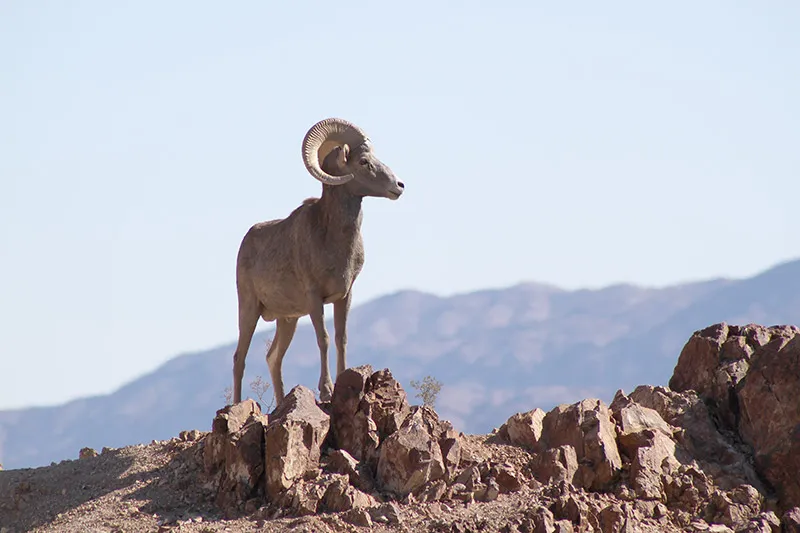
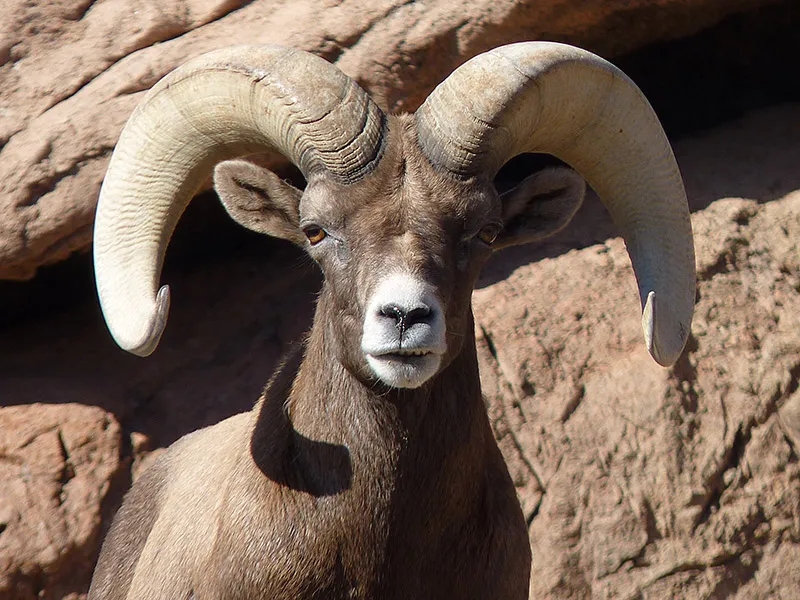
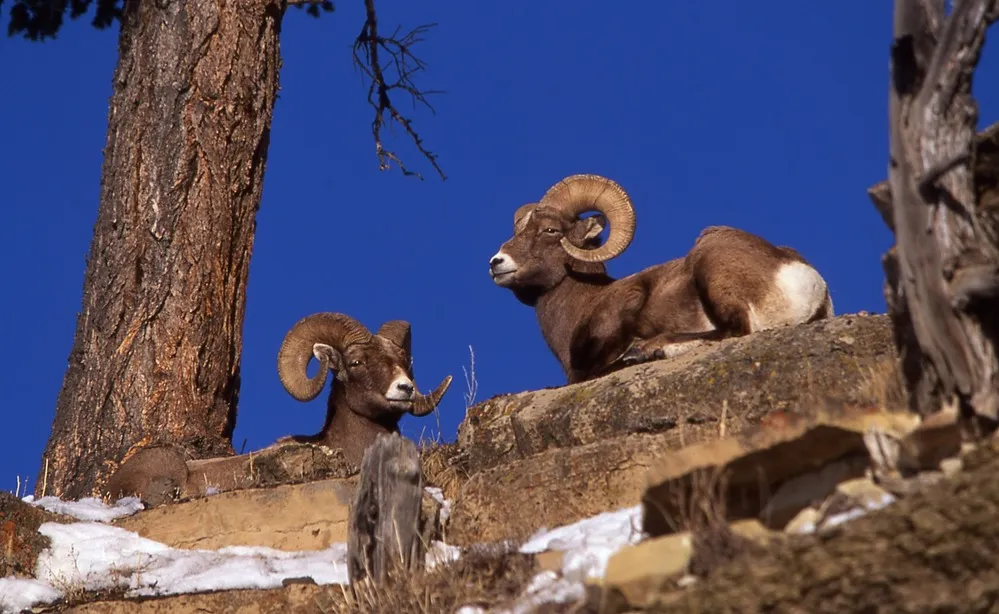
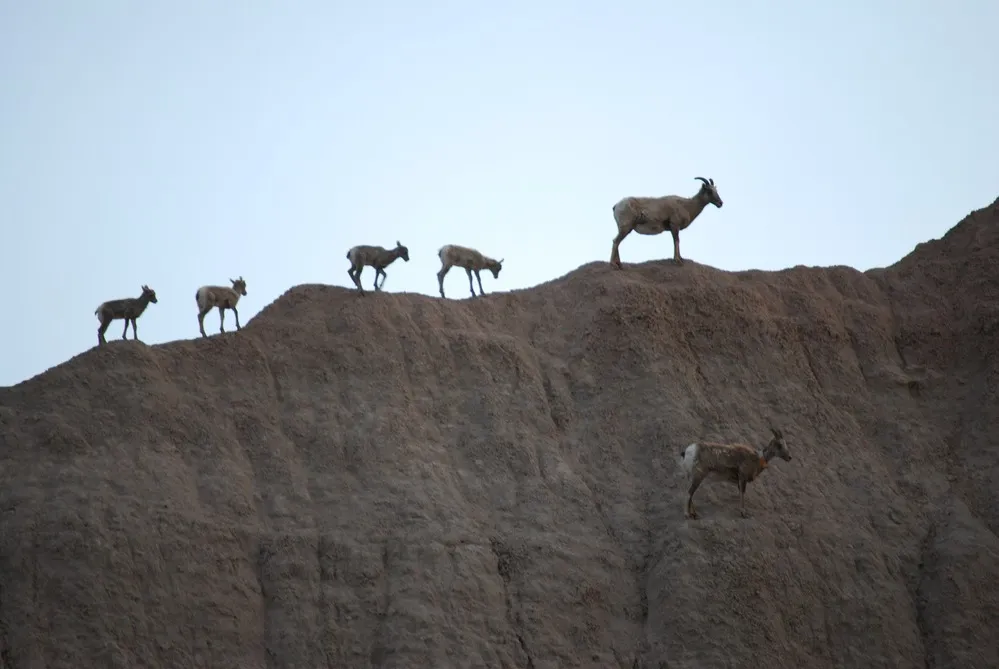
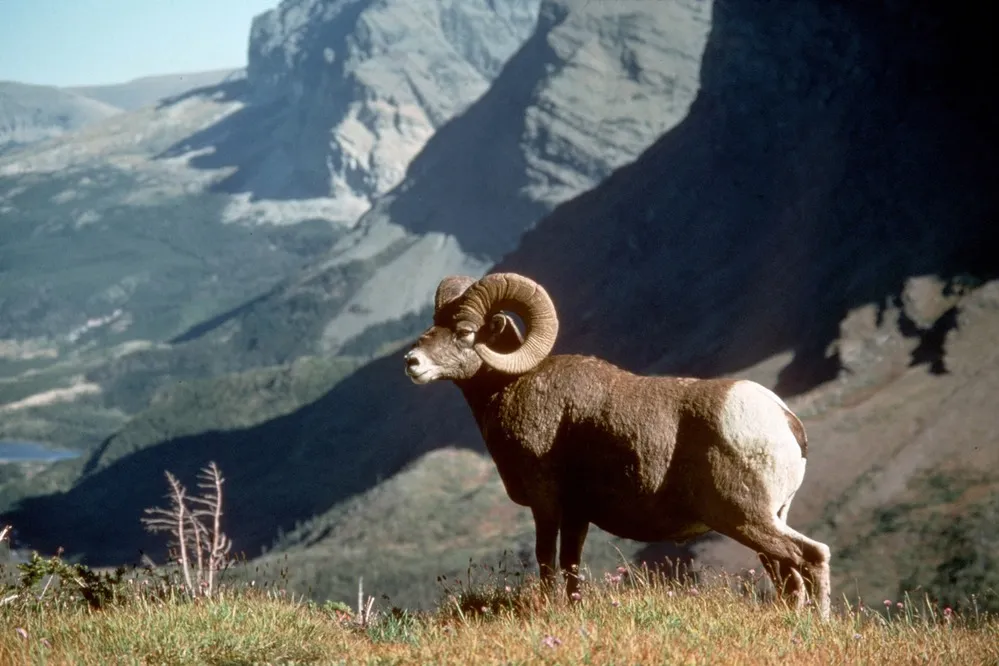



/https://tf-cmsv2-smithsonianmag-media.s3.amazonaws.com/accounts/headshot/rachael.png)